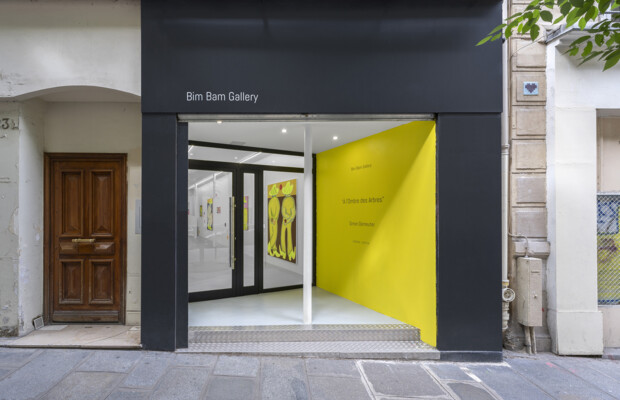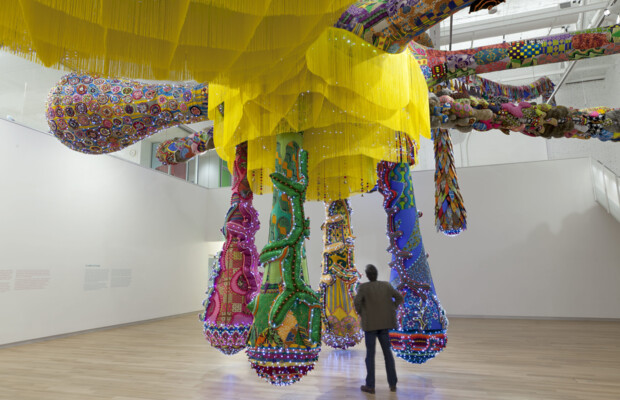Art fairs in Italy: how was 2023?
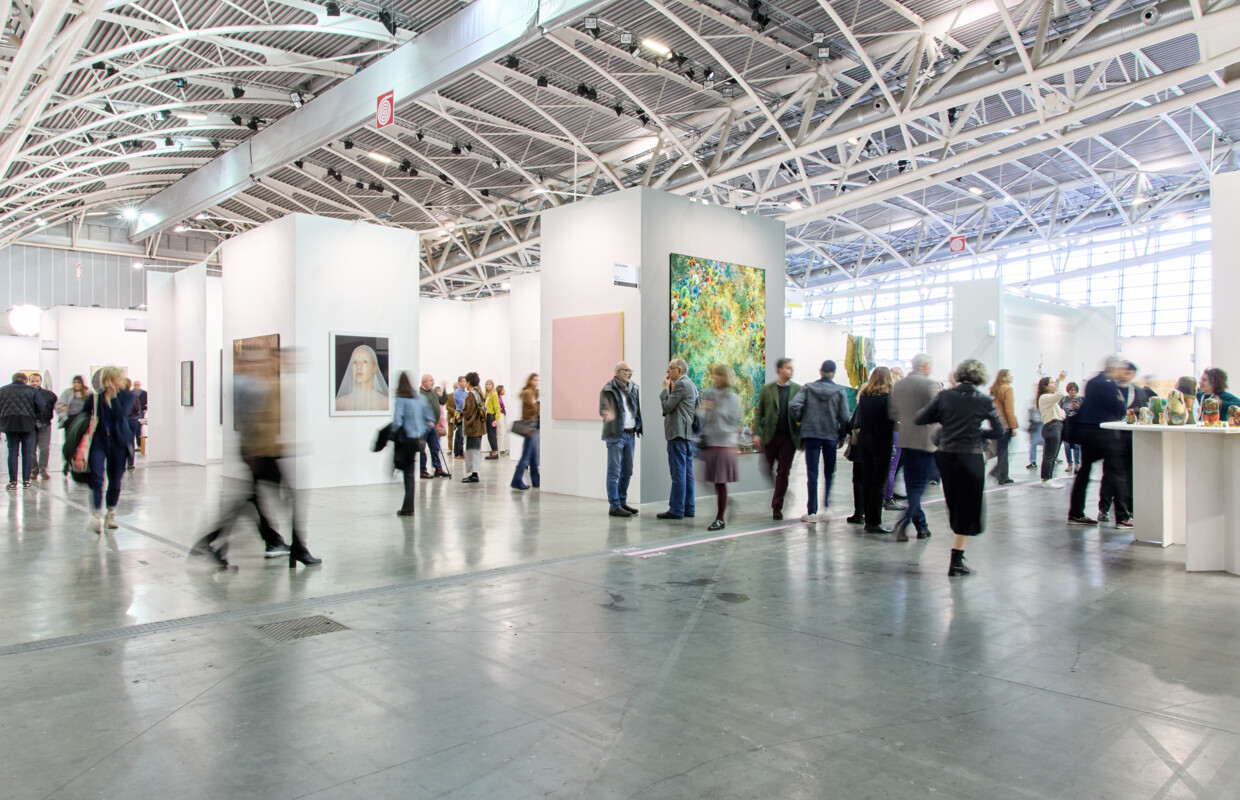
The Survey of Global Collecting 2023 published by Art Basel & UBS - a landmark when it comes to assessing the art market performance - evaluates 2023 as a year of recovery after the Covid-19 pandemic, highlighting a certain amount of ongoing changes in the fair industry. Compared to 2019, collectors generally devote a lower amount of their wealth to art expenses and they travel less, visiting 4 fairs a year instead of 5. Nonetheless, 2023 has been a positive year for art fairs in Italy, following an ongoing trend from 2022: fairs managed to host the same amount of galleries that they hosted in 2019 and renewed themselves according to new market demands in order to attract a growing number of visitors. There is a common trend in the attempt to focus on national galleries and artists, as well as to bring contents out of the traditional venues to involve the whole territory. A general search for familiar contexts proved the longest-running fairs to be the most successful, but there are other events worth mentioning :
- Mia Photo Fair (Milan, March 23-26), a fair dedicated to the art of photography that reached its 12th edition in 2023;
- ReA! Art Fair (Milan, October 12-15), the only Italian contemporary art fair that showcases works from emerging artists without the intermediation of galleries or museums;
- The Others Art Fair (Turin, November 2-5), one of the most important events of the Turin Art Week that reached its 12th edition in 2023;
- Flashback Art Fair (Turin, November 2-5), the fair that aims at providing a different point of view on art history, where all art is contemporary;
- Arte in Nuvola (Rome, November 23-26), a fair born in 2021 that aims at filling the gap between North and South of the country, and which takes place in Massimiliano Fuksas’ Nuvola.
And now let's have a look at how the major Italian fairs did in 2023:
Arte Fiera (Bologna, February 3-5)
2023 has been a year of renewal and deserved success for Arte Fiera, especially after the criticalities occurred in 2022. The 46th edition was well appreciated by both exhibitors and collectors, and here are a few details that made it possible. First of all, the return to the historical location at Pavilion 25 and 26 in BolognaFiere. Second, the decision to fill the traditional dates at the beginning of the year, taking back the role of “first Italian fair of the year”. But above all, the new governance made up of Simone Menegoi as artistic director - for the fourth time - and Enea Righi as managing director, one of the most important Italian collectors. The final press release mentions 141 exhibitors and more than 50,000 visitors, double the ones reached in 2022.
Gallerists seemed to be fairly satisfied with sales, expressing their positive feedback on different aspects of the fair, such as the collectors’ rediscovered enthusiasm for Arte Fiera, the decisive participation of Enea Righi and the clear will for innovation embraced by the whole institution.
A total of 7 prizes were awarded during the fair.
According to Enea Righi, the 46th edition attracted about 50 foreign collectors - mainly coming from the German area - and defined a remarkable increase of important Italian collectors. According to Simone Menegoi, the goal for the future is to make Arte Fiera a landmark for Italian galleries and attract more and more foreign collectors: specialization is the key to a successful fair.
miart (Milan, April 14-16)
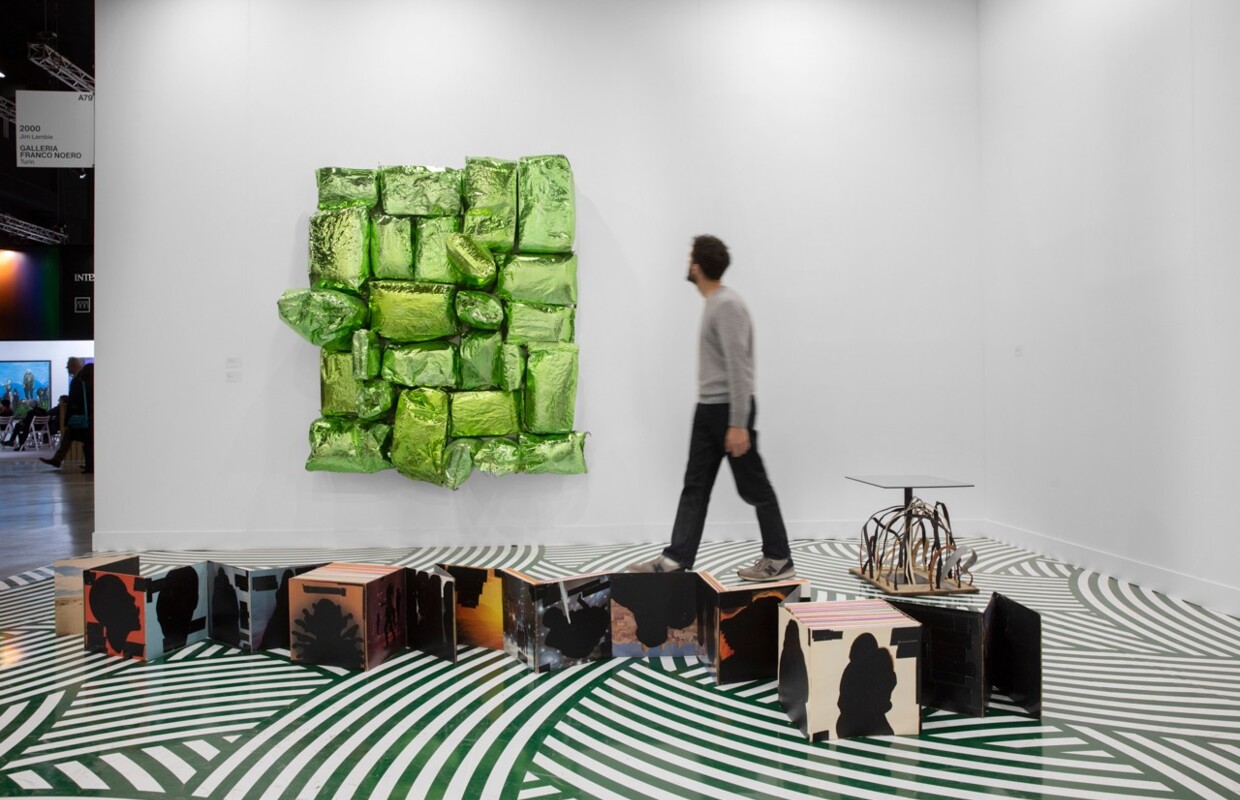
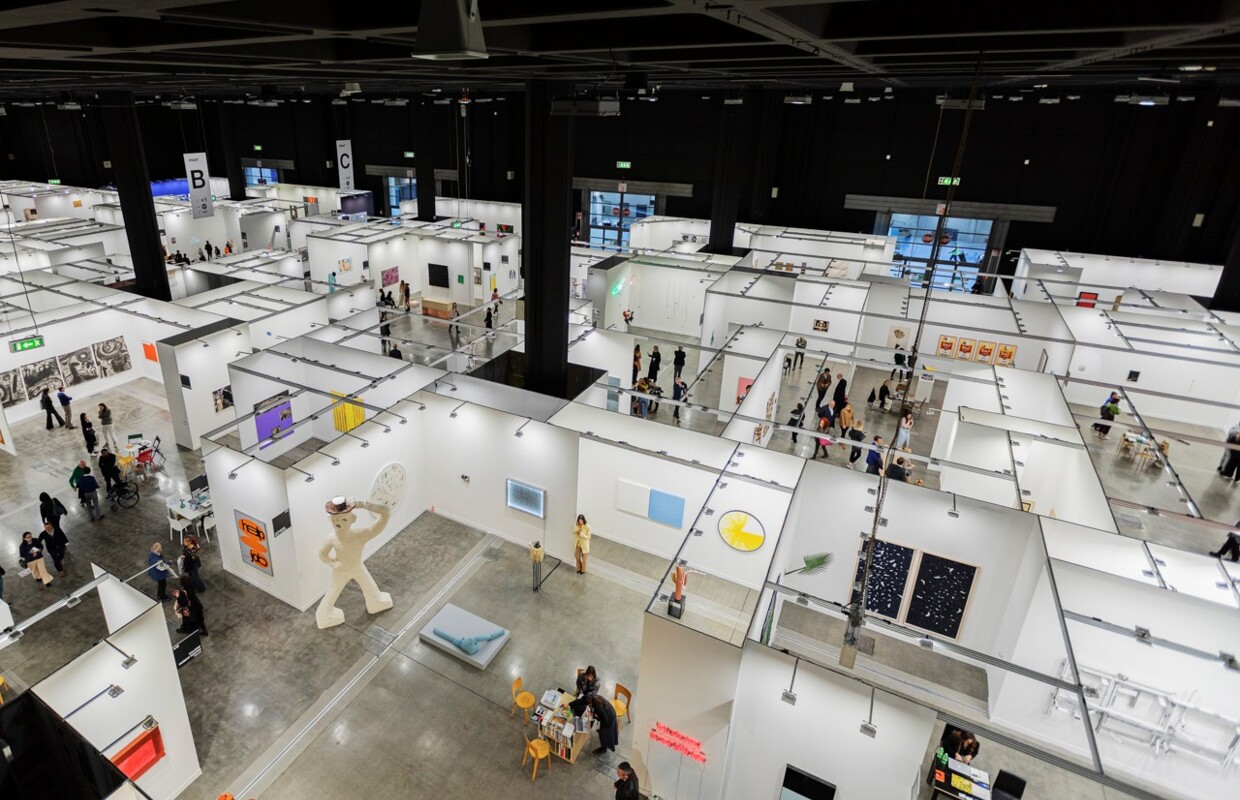
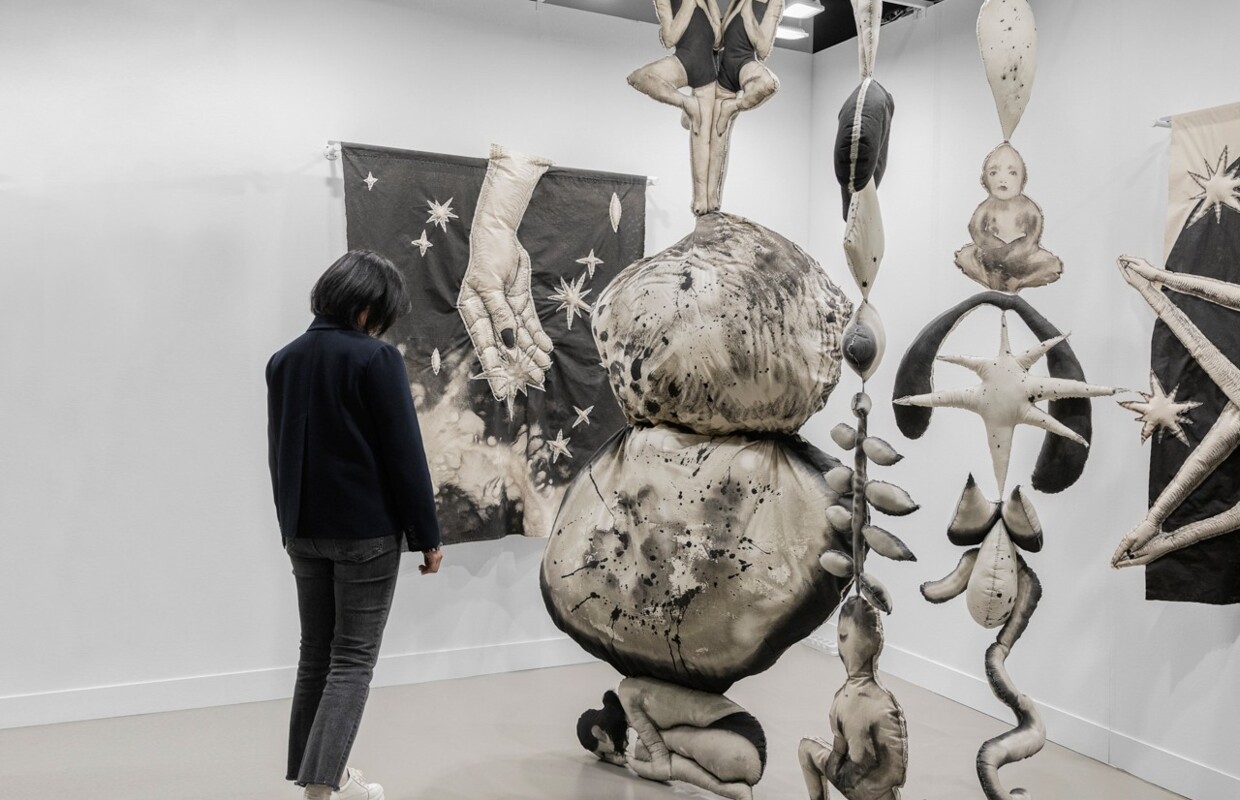
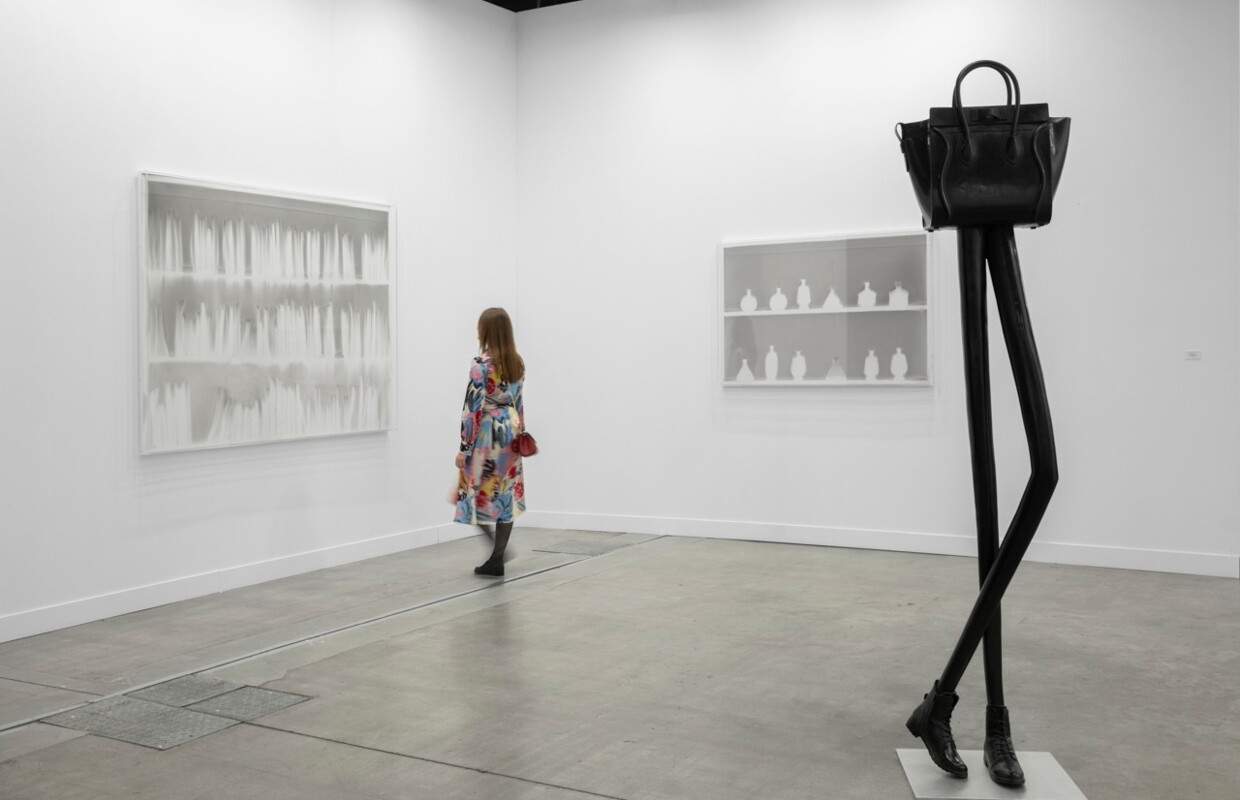
Crescendo marked a positive trend for miart, Milan’s international fair of modern and contemporary art directed for the third year in a row by Nicola Ricciardi. Recalling the title, the 27th edition was characterized by a progressive increase in public engagement and participation: this year miart welcomed 169 exhibitors from 27 countries, marking a +40% of exhibitors with at least one office abroad and confirming a significant growth of the international scope.
The fair was particularly appreciated for the quality of art works on display and the curatorial research, but above all for the ability to create exchange opportunities with the city environment, as represented by the new collaboration with Triennale Milano for miart LIVE at Triennale Milano.
The presence of both emerging and established Italian artists was considerable, a trend that many collectors linked to the effects of the Covid-19 pandemic. On the other hand, one main trend underlined by gallerists was the opportunity to benefit from sales right from the beginning of the fair, thanks to a more affordable price range - within € 20,000 - that avoided long and difficult negotiations.
Once again, miart reassured its commitment to culture and the art market acquiring 9 works through the Milano Fiera Foundation; these works add to the 100+ that currently make up the Milano Fiera Foundation’s collection housed in Palazzina degli Orafi. In addition, 8 more prizes and commissions were awarded during the 27th edition.
ArtVerona (Verona, October 13-15)
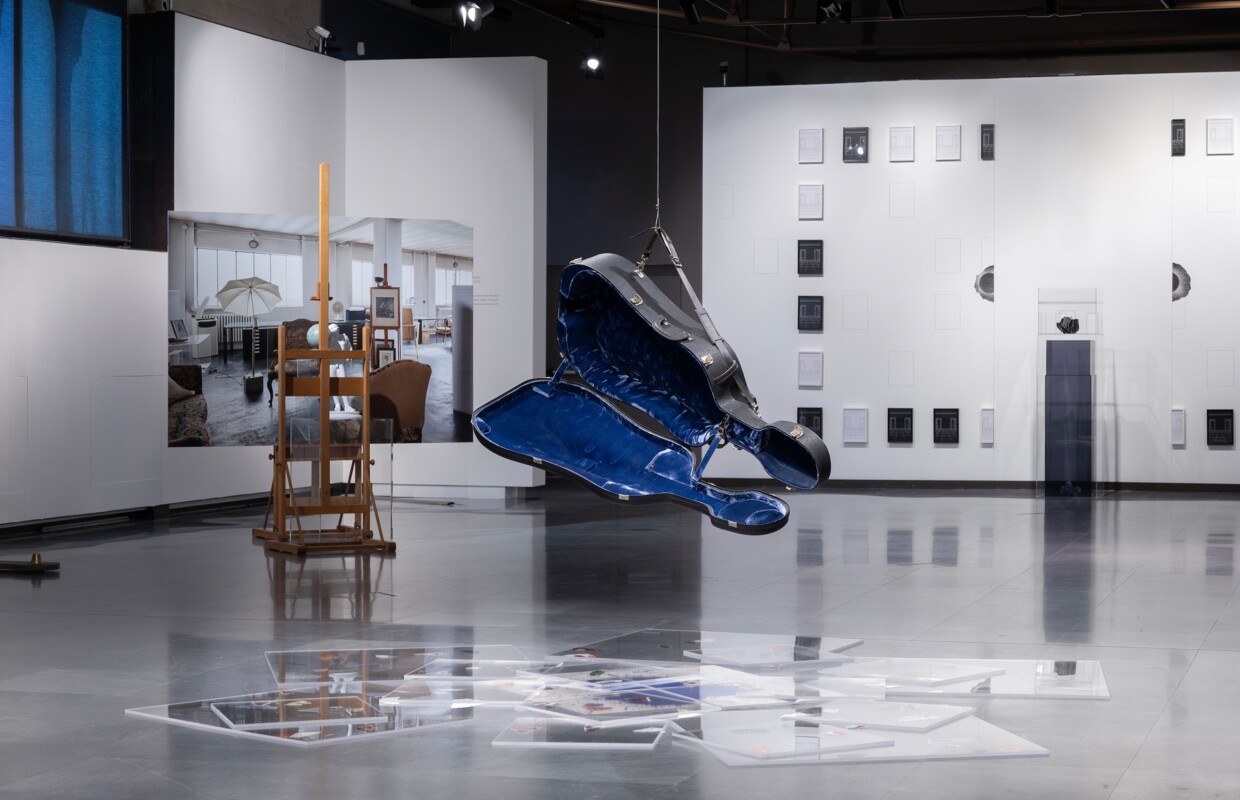
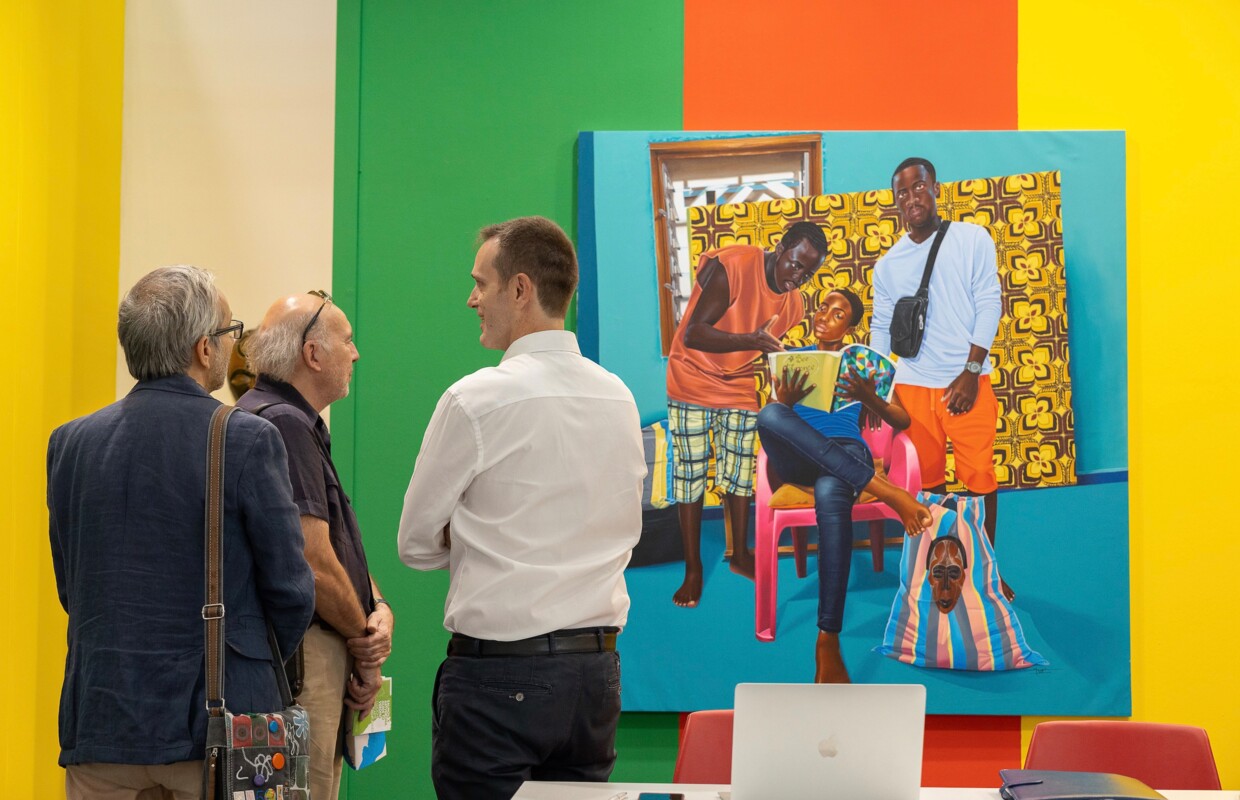
ArtVerona closed with positive results on many aspects of the fair. The number of visitors increased from the past editions, confirming the good work put up by the managerial board. Under Stefano Raimondi’s artistic direction, the fair reaffirmed its bet on the promotion of Italian art, involving not only industry experts but also different local entrepreneurs. The advisory board, previously made up of Antonio Coppola, Giorgio Fasol, Massimo Gazzani and Alessia Zorloni, welcomed two new members: Katia Da Ros and Virginia Montani Tesei. Thanks to this renewal, the fair was able to set up a very rich cultural program filled with collateral events and create a strong synergy between the art system and the local actors. A special mention goes to those formats that allowed the public to progressively approach the contents of the fair - Talk, LIVE and Habitat - and to the program of appointments in the city that involved some strategic sites for the local culture, such as the Achille Forti Modern Art Gallery and Castel S. Pietro.
A total of 145 galleries participated in the fair, divided between the Main Section and three other special sections: Innova, dedicated to emerging and experimental galleries; Introduction, curated by Hanna Eckstein and dedicated to the generational transmission of knowledge peculiar to the art system; and Curated by, commissioned to Giacinto di Pietrantonio and dedicated to galleries that collaborate with a curator, in order to celebrate the relationship between this figure and the artists.
Veronafiere confirmed the importance of ArtVerona in a perspective of collaboration between art and local businesses through the awarding of 14 prizes (of which 4 were new) and the 4th edition of A disposizione, Veronafiere’s art acquisition fund.
Artissima (Turin, November 3-5)
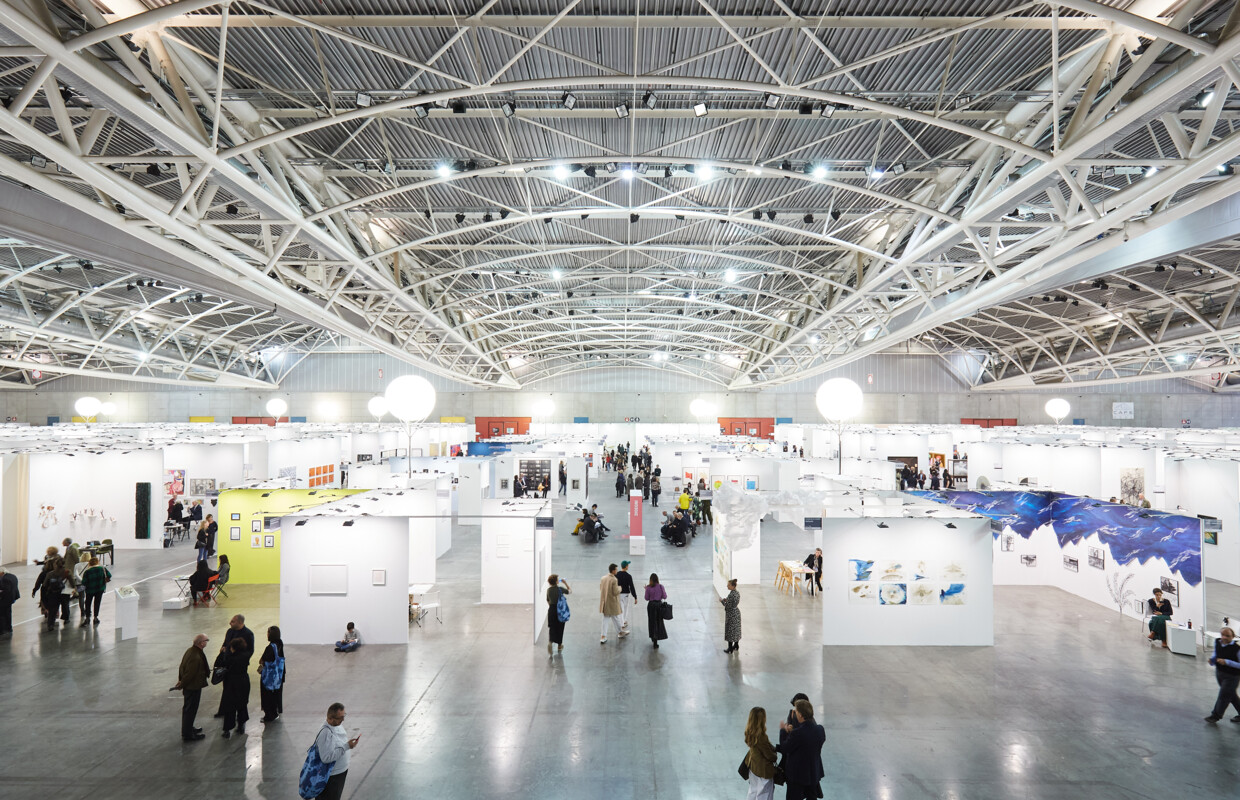
Italy’s leading contemporary art fair turned 30 and still proved to be one of the most interesting events of the year. Artissima is especially famous for its ability to create new ideas and connect the most interesting realities from the international scene, identifying itself as an experimental and “cutting-edge” fair. Gallerists often refer to Artissima mainly for exposure and visibility, because the fair ensures the attendance of important curators and institutional heavyweights. This year, the fair reached a turnout of 34,000 visitors - exceeding the past editions - and a total of 181 galleries, 79 of which were Italian and 39 participated for the first time. More than 700 collectors and curators took part in the fair, of which 49% were foreign and 51% Italian. For the 12th time in the spaces of Oval Lingotto and for the second time under Luigi Fassi’s direction, Artissima presented its four flagship sections - Main Section, New Entries, Monologue/Dialogue and Art Spaces & Editions - along with three curated ones - Disegni, curated by Irina Zucca Alessandrelli; Present Future, curated by Maurin Dietrich and Saim Demircan; and Back to the Future, curated by Defne Ayas and Francesco Manacorda.
Exhibitors expressed mixed opinions on sales. Some gallerists pointed out the low attendance from foreign collectors, and slow but solid sales; others were particularly satisfied by the preview and appreciated a high-level public throughout the four days.
According to many, recent geopolitical events didn’t have a significant impact on collectors’ behaviour, but uncertainty and “jitters” were a concern at the fair and will probably be as well in the next year.
Anyhow, exhibitors seemed to be generally satisfied, most of all by the possibility to connect with important interlocutors. Artissima reassured the economic support to artists and galleries with the awarding of 3 prizes, 2 honours, 6 initiatives of support for artists and galleries, and 2 funds. A special mention goes to Fondazione Arte CRT, which increased its fund to € 200,000 and acquired 12 new works for a total commercial value of € 281,200.
Overall, despite being one of the most penalized countries because of the few tax breaks, Italy managed to show a strong will for renewal and a promising recovery from the pandemic. Recent geopolitical events make it easy to question the stability of this performance, but it will be up to 2024 to let us know.
Share the post:




